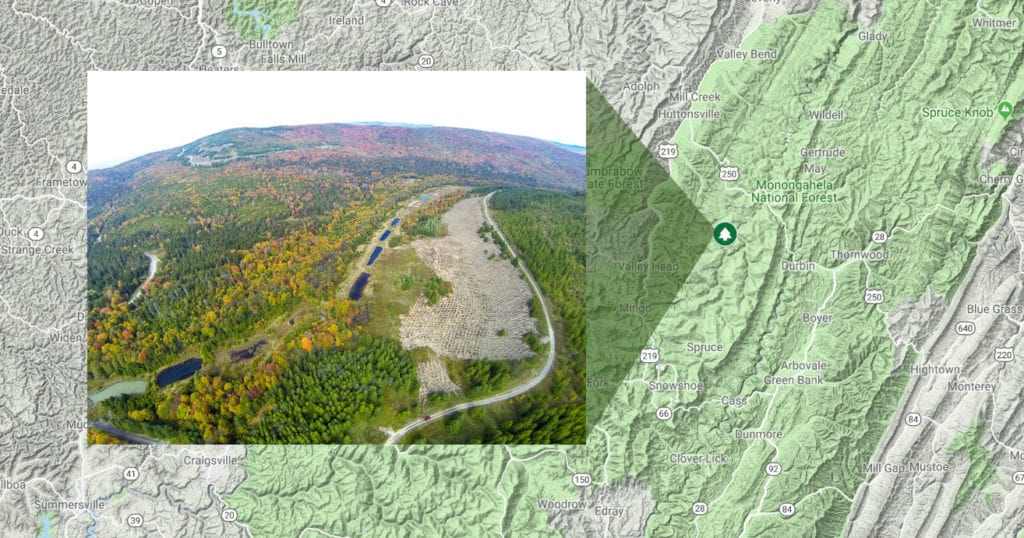For the Mower Tract in West Virginia, American Forests teamed up with the U.S. Forest Service in Spring 2015 to plant 55,000 red spruce, big-toothed aspen and other native species across up to 175 acres of the Lambert watershed in Monongahela National Forest. The Lambert watershed is part of a larger area that was mined for coal in the 1970s.
The Mower Tract refers to approximately 40,000 acres of National Forest Land that was purchased from the Mower Land and Lumber Company in the early 1980’s. It is located on Cheat Mountain, which traverses the entire length of central Randolph County, WV. The landscape hosts one of the largest red spruce communities south of Maine.

When the area became part of the national forest, the mining company sought to control erosion and sediment and return the site to something close to its original contour in accordance with the Surface Mine Reclamation Act. However, today it’s clear that their methods may have done more harm than good.
Erosion was controlled by compacting the soil and planting non-native trees and grasses. Thirty years later, native species still have not been able to recolonize in the compressed soil. While efforts are underway to bring health back to the soil, we’re helping to plant native trees. These trees will not only make the area more resilient to future climate change, but will also create a wildlife corridor for species, including the endangered Cheat Mountain salamander and the West Virginia northern flying squirrel, only recently delisted.
The Monongahela National Forest has been working closely with a number of partners on this project who provide funding and collaboration, including the Environmental Protection Agency – American Rivers; West Virginia Department of Environmental Protection; American Forests; Appalachian Stewardship Foundation; Appalachian Regional Reforestation Initiative; Green Forests Work; Canaan Valley Institute; The Nature Conservancy; West Virginia Division of Natural Resources; USDA-NRCS Plant Materials Center; and the Central Appalachians Red Spruce Restoration Initiative. Through this collaborative effort, holistic ecosystem restoration has been implemented on approximately 250 acres of coal mine benches.